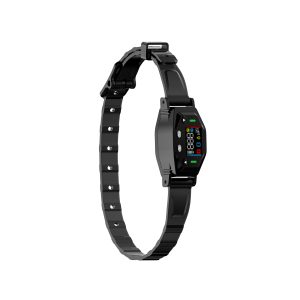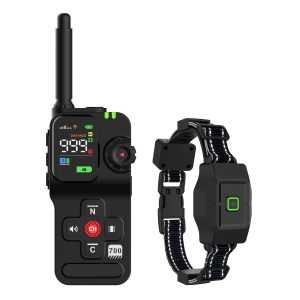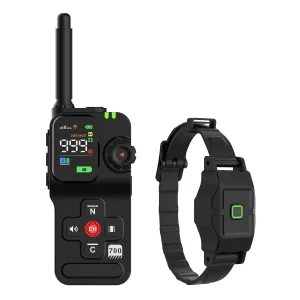The Impact of Frequency Selection in Wireless Dog Fences
Wireless dog fences have revolutionized the way we keep our pets safe and secure within specified boundaries without the need for traditional physical barriers. One critical aspect of these modern pet containment systems is the frequency they operate on. Let’s delve into how different frequencies affect the performance and efficiency of wireless dog fences.
1. Understanding Frequencies in Wireless Dog Fences
Each wireless dog fence system operates on a specific frequency band, typically in the range of 15 kHz to 40 kHz. These frequencies are chosen based on factors such as signal range, interference resistance, and the physical characteristics of the dog.
2. Low Frequencies vs. High Frequencies
Low-frequency wireless dog fences, typically operating below 20 kHz, offer better signal penetration through obstacles like walls and trees. However, they may be susceptible to interference from electrical devices. On the other hand, high-frequency systems above 20 kHz are less prone to interference but have reduced signal range.
3. Customizing Frequency for Your Dog’s Needs
Not all dogs are the same, and their sensitivity to different frequencies varies. Understanding your dog’s characteristics, such as breed, size, and age, can help in selecting the most appropriate frequency for optimal containment. Smaller breeds may respond better to higher frequencies, while larger dogs may require lower frequencies for effective training.
4. Enhancing Boundary Precision with Frequency Optimization
By fine-tuning the frequency of your wireless dog fence system, you can achieve greater accuracy in defining the containment area. This customization ensures that your pet receives consistent signals and learns boundaries more effectively, reducing the chances of accidental escapes.
5. Frequency Updates and Maintenance
Regular maintenance and firmware updates are essential to ensure the long-term effectiveness of your wireless dog fence. Checking and adjusting the frequency settings periodically can help address any signal degradation or interference issues that may arise over time.
6. Conclusion
Choosing the right frequency for your wireless dog fence is crucial in providing a safe and secure environment for your furry companion. By understanding how different frequencies impact the performance of these systems, you can make an informed decision to enhance the containment and training experience for your pet.




